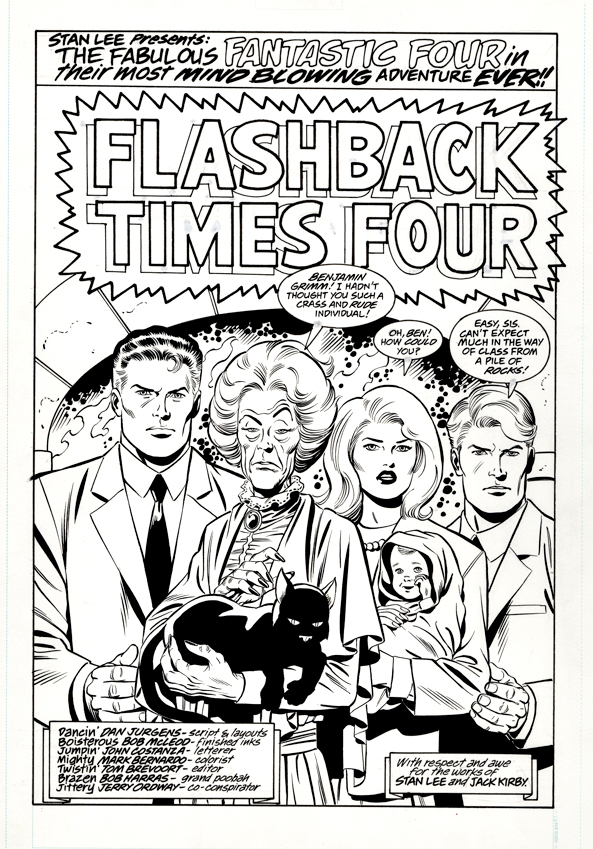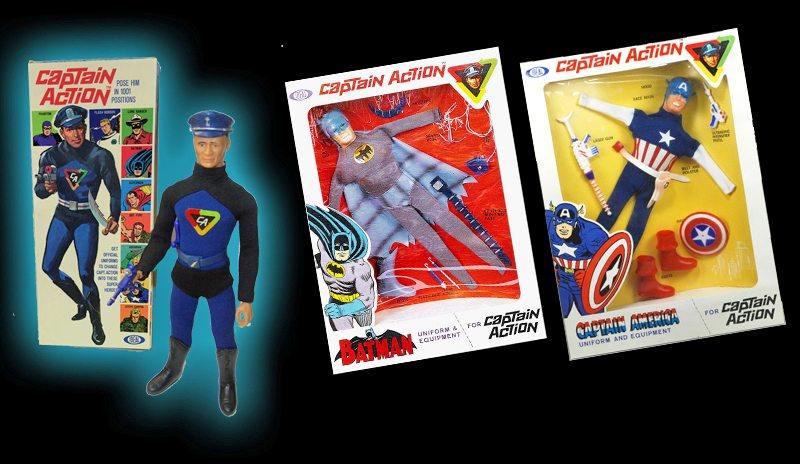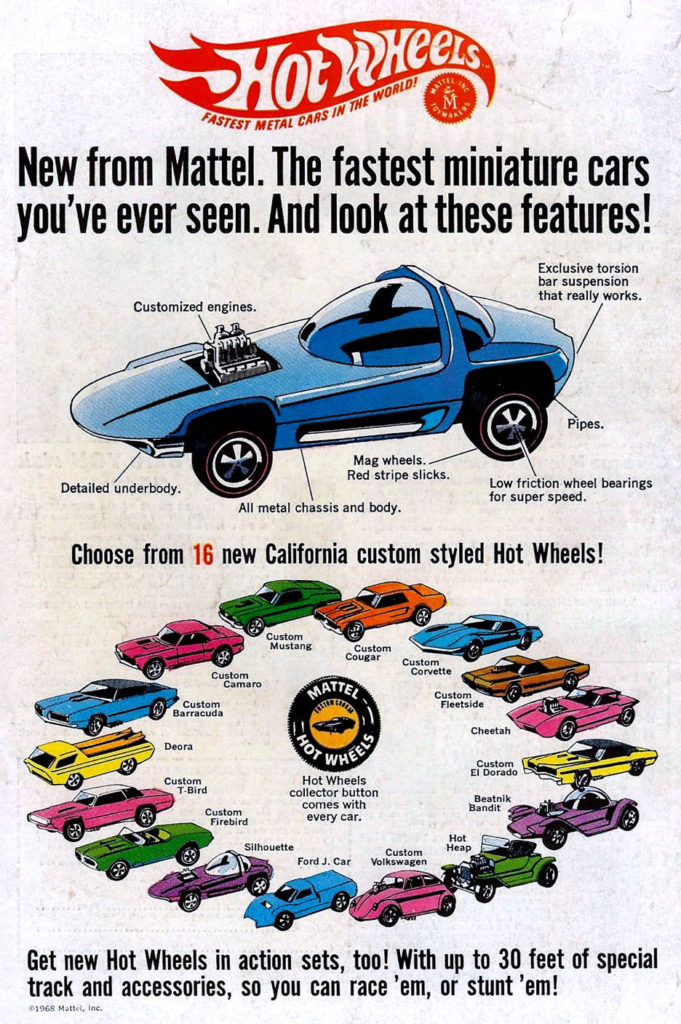Bob Powell And Wallace Wood — Buddy Movie
Strange tales #134, July 1965
The Human Torch and Thing buddy comedies of the early 60s come to an end in this cool penultimate page by Bob Powell and Wallace Wood.
Torch solo stories started in Strange Tales #101 (hey, it worked in the Golden Age) and within a few years, the Thing was added to the strip as well. An ever-changing group of creators, and frankly, some second-rate stories and villains, didn’t apparently do much for sales, and our Fantastic two get bumped by Nick Fury and S.H.I.E.L.D. in the very next issue.
Meanwhile, this amusing story features time travel, The Watcher, Merlin the Magician, and Kang the Conqueror, who is apparently about to play an important role in the MCU. (It’s only his third appearance as “Kang” at this point, following two run-ins with the Avengers.)
Because I love time travel stories I can forgive all of it — except maybe Powell and Wood’s execution of the Thing. They are not alone though in rocky renditions of Ben Grimm. Flipping through these old Strange Tales stories, very few artists other than Jack Kirby seemed to figure out how to successfully make anatomic sense of a character made from rocks.
It’s clobberin’ time, indeed.























































